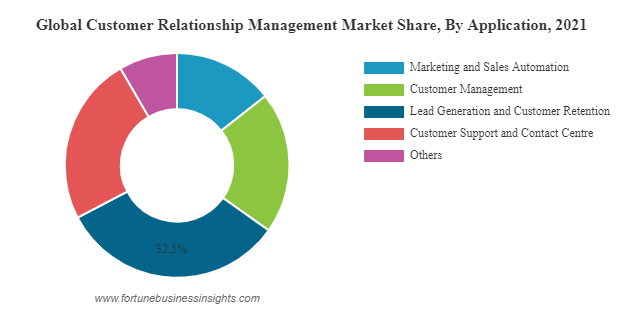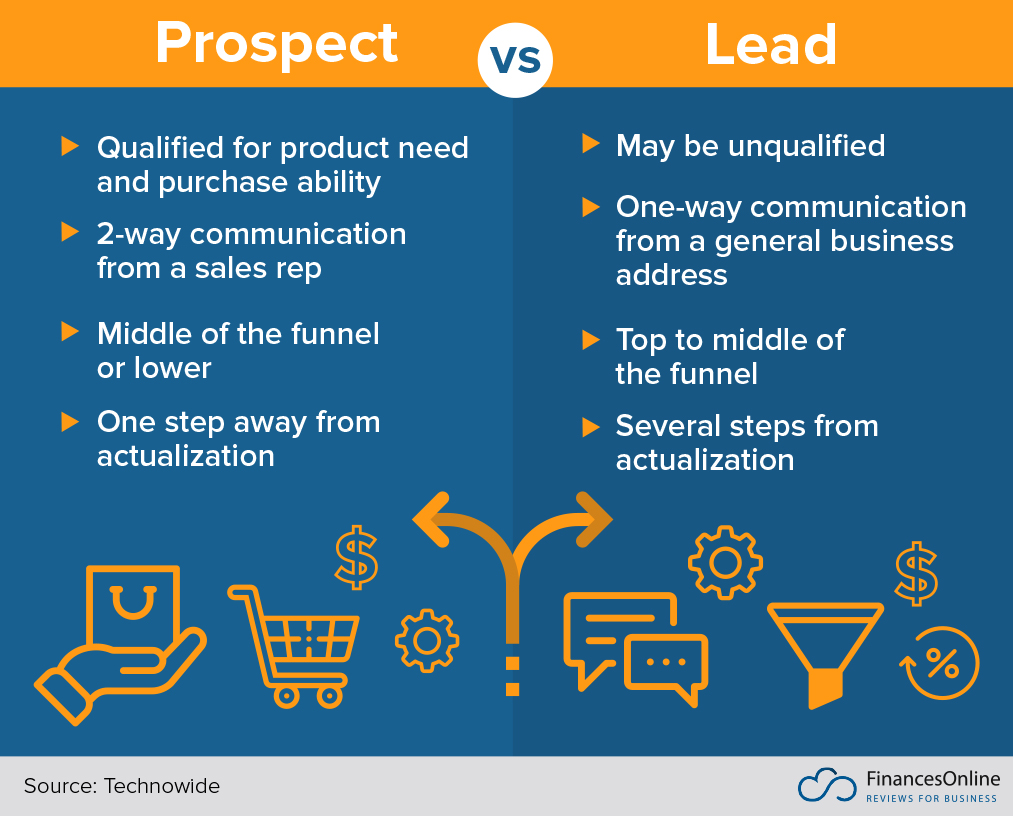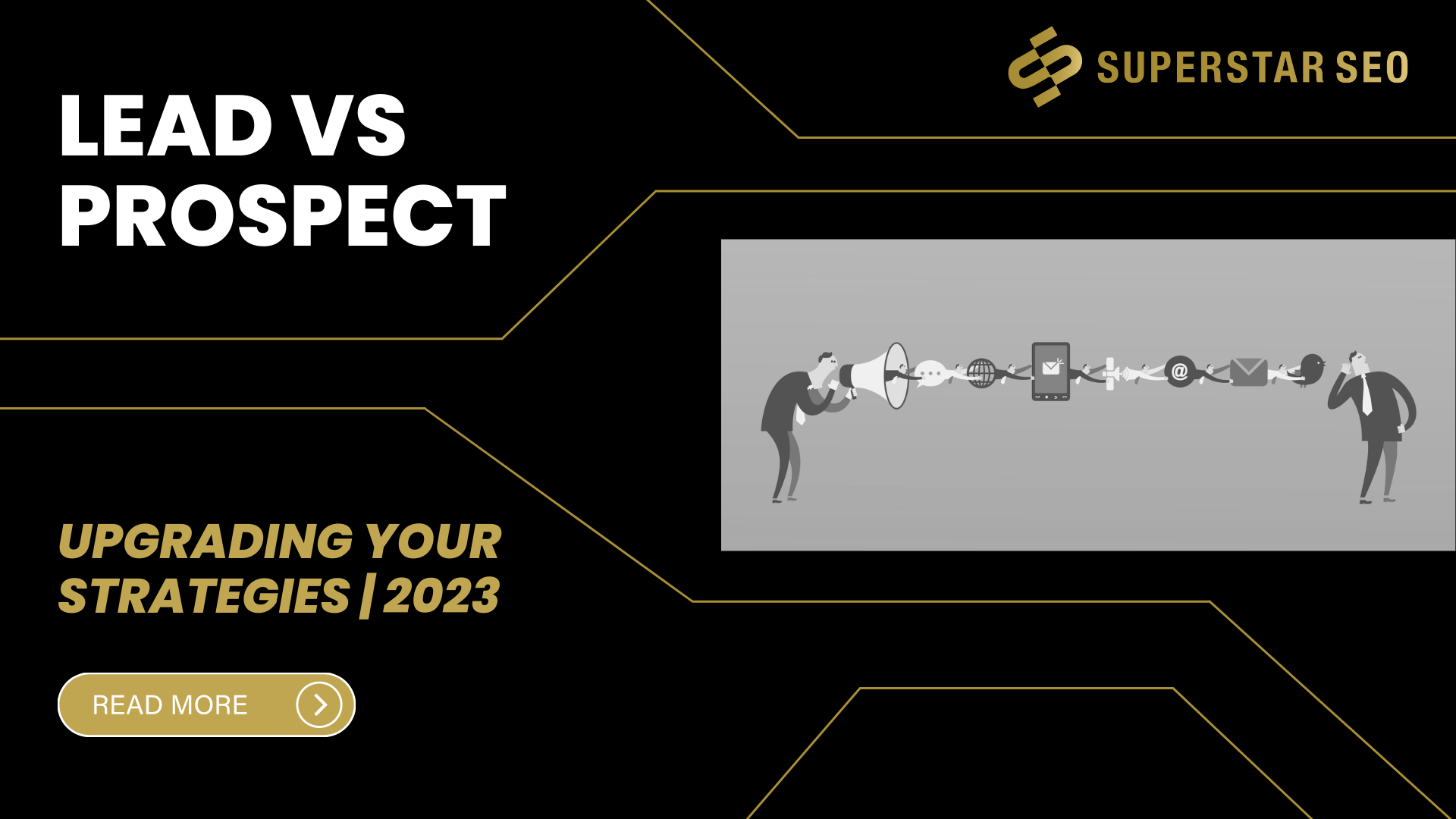Lead vs Prospect: Upgrading Your Strategies | 2023
CRM is like a well-oiled machine that helps you keep track of your customers. Terms like lead vs prospect in salesforce are like the gears and levers of the machine.
They help you manage your customers’ data in a systematic way.
However, if you use any type of CRM to store your customers’ personal data, you’ve undoubtedly had some confusion surrounding these terms.
According to recent research, the global CRM market is expected to grow at a CAGR of 13% to $146 billion from 2022 to 2029.

So, let’s clear the confusion.
Lead vs Prospect in Salesforce: How Are They Different?
If you’re new to Salesforce, you may be wondering what the difference is between a Lead and a Prospect.
In a nutshell, a Lead is an individual or organization that has expressed interest in your product or service, while a Prospect is a qualified Lead that is ready to purchase.
Leads are typically identified through marketing efforts and are characterized by an initial interest in a product or service; however, they are NOT qualified yet.
(Fun fact: Only 8% of salespeople believe marketing departments generate high-quality leads.)
They are the starting point for the sales process, and the goal is to drive these leads to become Prospects.
Prospects, on the other hand, are qualified leads that have been vetted and are ready to engage in a sales conversation.
They have expressed an interest in purchasing and have passed all the necessary criteria to be considered as a viable customer.
OK, But – What Is a Sales Opportunity?
Are you a new salesperson looking to close more deals? Now you may know the difference between a lead and a prospect. But what about a sales opportunity?
Knowing the nuances between these terms can help you identify qualified prospects who are more likely to become your customers.
Let’s take a closer look at what a sales opportunity is.
A sales opportunity is a qualified prospect that has a high probability of becoming a customer.
To be an opportunity, a lead should have a pain point that your product or service can solve and interest in your offering.
This means it’s up to you (the salesperson) to ensure the opportunity is a good fit for what you’re selling.

How Do You Identify an Opportunity?
That’s up to you to determine; however, you can use the following contact criteria:
- Budget,
- Authority,
- Needs,
- Timeline.
Your company needs to establish guidelines for each criterion to determine whether an opportunity is legitimate.
Sales opportunities are essential for any business looking to close more deals and increase its bottom line.
By understanding the nuances of lead vs prospect in salesforce, salespeople can identify qualified prospects and close more deals.
In the end, an opportunity is more legitimate if the lead exhibits strong product interest, has a strong need, a purchasing timeframe, and an identified budget.
How to Turn a Lead into a Prospect?
In the sales process, it’s important to understand how to turn a lead into a prospect. Here are some tips to help you get started:
1. Identify Your Target Audience: Before you can turn a lead into a prospect, you need to know who you’re trying to target. Identify who your ideal customers are and what they’re looking for in your product or service.
2. Collect Lead Information: Once you know who you’re targeting, it’s time to collect information about them. Make sure to get basic contact information, such as name, email address, and phone number.
3. Qualify the Lead: After you’ve collected basic contact information, you need to qualify the lead. In order to do that, determine their needs and pain points, as well as their budget and timeline. Keep in mind that 80% of new leads are NEVER converted into sales.
4. Reach Out and Engage: Once you’ve qualified the lead, it’s time to reach out and start a conversation. Use emails, phone calls, and social media to engage with the lead and demonstrate your value.
5. Nurture the Relationship: Don’t rush the sales process. Take your time to nurture the relationship and build trust.
6. Close the Deal: Once you’ve built a relationship and established trust, it’s time to close the deal. Be sure to provide value by offering discounts and special deals to turn a lead into a prospect.
To Wrap Up
By understanding the differences between lead vs prospect vs opportunity, and following these tips, you can turn leads into prospects and increase your sales.
Remember:
A lead – an unqualified contact
A prospect – a contact who has been qualified as an ideal customer
Opportunity -a qualified prospect who has a fair chance of becoming a customer.
With the right strategy and tactics, you can effectively convert leads into prospects and grow your business.





